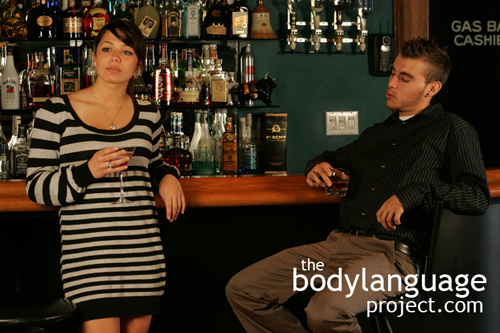When my brother comes over to visit he likes to play chair games with me since he’s aware, through my research, of the power plays afforded by such a seemingly innocuous objects. He often chooses the head of the table or the most desirable position on the sofa, and if possible, will secure the tallest chair. He’s already a bit taller than me and he knows that while seated he looses his advantage making it even more important to claim the higher chair lest he lose his height advantage. My computer chair allows one to raise and lower it, so as fast as it can be adjusted it’s at its peek, allowing him to look down on me. These games are all in good fun of course, as we both understand the implications. However, while we play these games in fun, others might not, they may use them to intimidate or gain power over you and if you are interested, you over them.
To level the playing field it is important to limit the presence of chairs that can be raised or lowered just in case you don’t arrive early enough to gain access to them. Chairs that swivel also hold more power because they can face in infinite directions. The most punishing chairs, which are used by interrogators are those that are fixed to the floor, usually placed in the center of a room away from any shelter. When the idea is to gain quick authority, job interviewers can also employ this tactic. Because you can’t swivel, you must adjust your entire body position to orient yourself toward anything of interest. Should someone enter the room, you’ll either be forced to keep your back to them or will have to lean to one side to look. Regardless, you are at a disadvantage. Chairs that also give more power are those with higher backs. Kings and queens sit in tall chairs because they understood the powers it gave them. The peasants were lucky to get a chair at all, and a stool is was plenty for the layman. Think about what types of chairs are present at fast food places and their effect on us. Usually they will be rock hard and prevent us getting comfortable by leaning back with their metal backs designed specifically to reduce our stay. What effect would this type of seating have on a competitor in business or an in-law we wished to enjoy only a brief visit?
To disarm or punish people, use soft seating such as a sofa that when pressure is added practically envelopes your opponent. This reduces their ability to use gestures in communication and to move about the room because getting up from a sunken position is more difficult than an upright on. Also make sure this chair is lower than normal helping you establish dominance, and if it has arms, even better, as this too will limit their movement.

